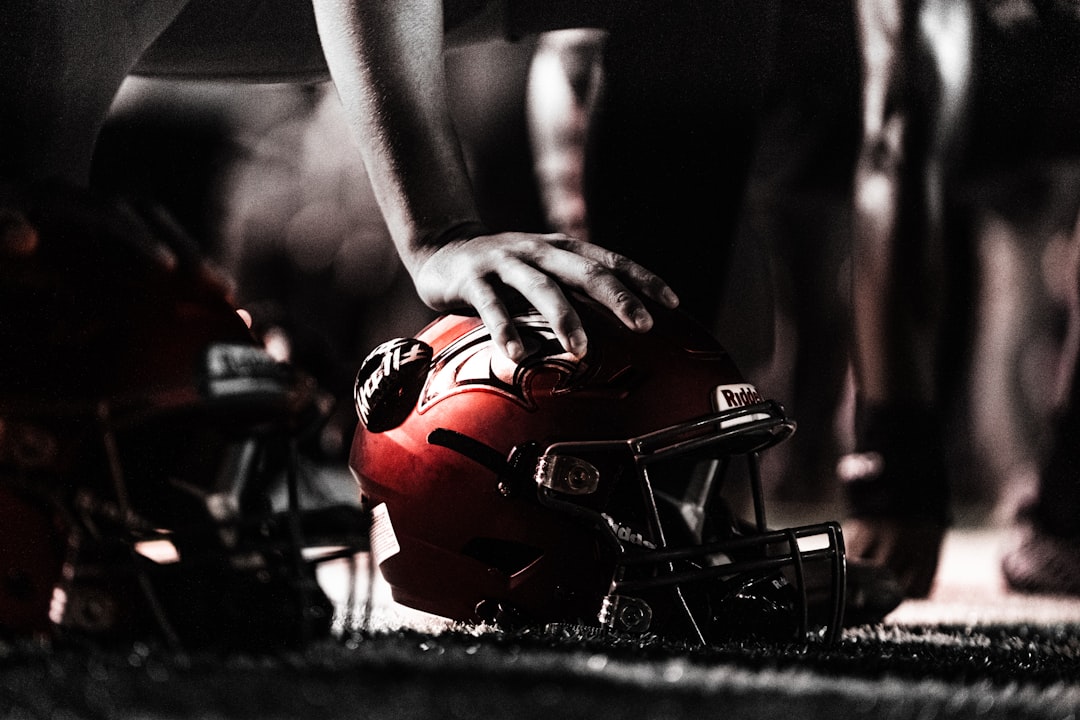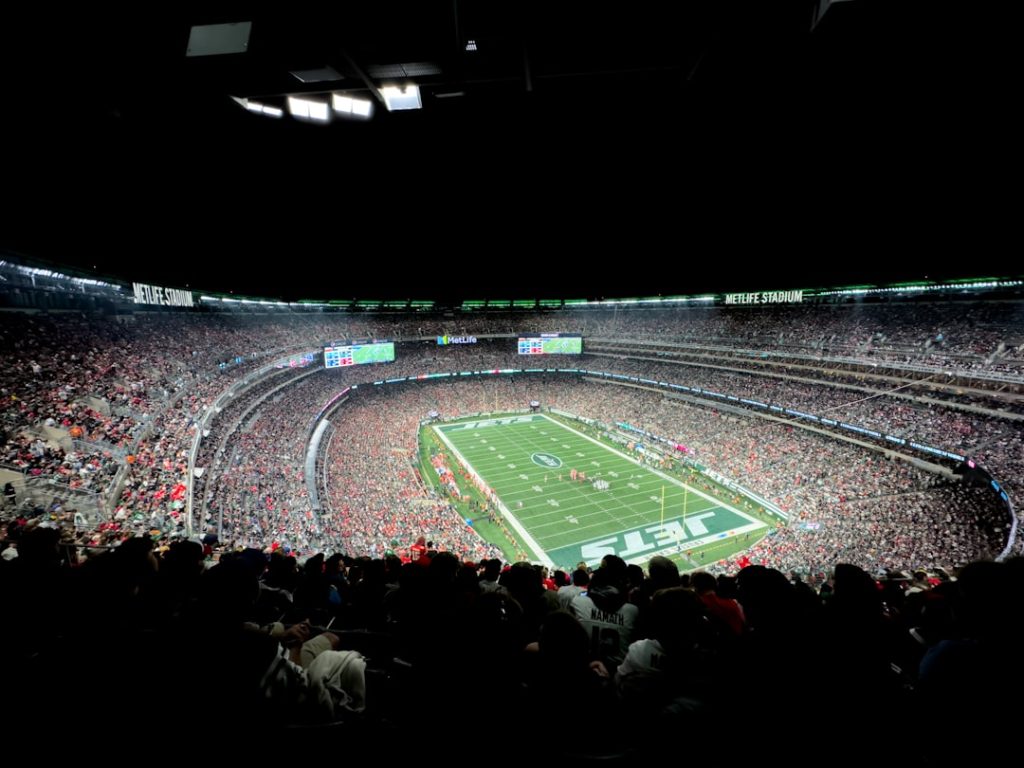Every year during the NFL preseason, hundreds of players arrive at training camps across the country with dreams of securing a coveted spot on the final 53-man roster. But for many, that dream ends before the regular season even begins. Making the roster in the National Football League is not just about skill—it’s about timing, need, strategy, and business. The process of making cuts is one of the most complex and emotionally charged aspects of managing an NFL team.
Why NFL Teams Have to Make Cuts
Each NFL team enters training camp with up to 90 players. However, by the time the regular season rolls around, they must trim that number to 53 active roster spots, with an additional 16 players allowed on the practice squad. This reduction means that nearly half of the players vying for a position will not make the team.
- Roster size limitations: The NFL mandates that teams cannot carry more than 53 players during the regular season.
- Salary cap considerations: Teams must also manage these cuts with the salary cap in mind, making tough financial decisions.
- Strategic depth: Coaches have to balance keeping young talent with maintaining experienced depth at key positions.
The Timeline: When Cuts Happen
The roster-trimming process typically unfolds in stages during the NFL preseason:
- Pre-training camp cuts: Unfit or surplus players may be cut early.
- Post-preseason games: After each of the three preseason games, teams reevaluate players.
- Final cut-down day: NFL teams must reduce their rosters from 90 to 53 players, usually within a day or two after the final preseason game.
This condensed window makes for high-stakes evaluations and difficult decisions for coaching staffs and front offices.
Who Makes the Decisions?
Cut-down decisions are not made by a single individual. Instead, it’s a collaborative effort involving:
- General Manager (GM): Oversees the broader team-building strategy, salary cap, and contract situations.
- Head Coach: Offers insights on how players fit the system and contribute to team culture.
- Position Coaches: Provide detailed evaluations on technical performance during practice and games.
- Scouts and Analysts: Offer data-driven feedback from practices, game film, and comparable league player performance.
Together, these individuals meet in war rooms throughout preseason, often reviewing hours of film and analytics before finalizing who stays and who goes.
What Factors Into a Cut?
Several considerations come into play when deciding whether a player will make the roster:
- Performance: Game day and practice results, including stats, consistency, football IQ, and improvement over time.
- Injury Status: Availability plays a massive role. An injured veteran might be cut in favor of a healthy rookie.
- Positional Needs: Sometimes a player is cut not because of poor performance but due to excess depth at their position.
- Special Teams Impact: For backup and fringe players, the ability to play special teams can be a deciding factor.
- Character and Coachability: Locker room fit, work ethic, and attitude influence final decisions.
Even talented athletes can be shown the door if they do not align with the team’s needs and dynamics.

Practice Squad Eligibility
Players who are cut but still show potential might be signed to the practice squad. The 16-man squad allows teams to retain young talent while continuing their development. These players can be called up to the active roster during the season in case of injuries or performance issues. Eligibility rules for practice squads have evolved, now allowing even some veterans to be part of these squads.
The Emotional Toll of Being Cut
Perhaps the most human aspect of NFL cuts is the emotional impact. For many players, especially undrafted rookies, being cut can be crushing. Teams often inform players through a short meeting with the head coach or position coach. In what has been popularly termed “The Turk” process, a member of the staff delivers the message: “Coach wants to see you. Bring your playbook.”
Despite the harsh reality, NFL organizations aim to handle cuts with professionalism and respect. Some even help players catch on with other teams by offering recommendations or contacting other franchises on the player’s behalf.
Waivers and Free Agency
When a player is cut, they often pass through the waiver wire. Younger players with fewer than four accrued seasons are subject to waivers, meaning other teams can claim them. The waiver order is usually based on the previous season’s standings. Veterans with more experience become unrestricted free agents and may sign with any team.

Notable Examples of Tough Cuts
Every season brings surprise cuts that shake the NFL community. These usually involve veteran players who were expected to be safe based on past performance but were released due to cap savings or youth movement. These decisions underscore that in the NFL, reputation alone isn’t always enough.
The Rebound: Life After a Cut
For players who get cut, that doesn’t always mean the end. Many go on to achieve success with other franchises or return stronger in another season. Legends like Kurt Warner and James Harrison were cut multiple times before finding long-term success. The key lies in perseverance, professional conduct, and being ready when the next opportunity arises.
FAQ – NFL Cut-Downs
- Q: What happens when a player gets cut?
A: The player is informed by the team and must turn in team-issued items. If eligible, they may be placed on the practice squad or claimed by another team through waivers. - Q: How many players are cut each year?
A: With each team cutting down from 90 to 53, over 1,100 players are let go league-wide before the regular season starts. - Q: Can a player come back after being cut?
A: Yes, players can re-sign with the same team, join another team’s roster, or land on a practice squad. - Q: Do players get paid if they’re cut?
A: It depends. Veterans with guaranteed contracts still receive payment, while others may only earn a portion tied to signing bonuses or days on the roster. - Q: Is being on the practice squad the same as being on the team?
A: Not exactly. Practice squad players train with the team but don’t play in games. They are paid less and can be signed by other teams to an active roster at any time.
